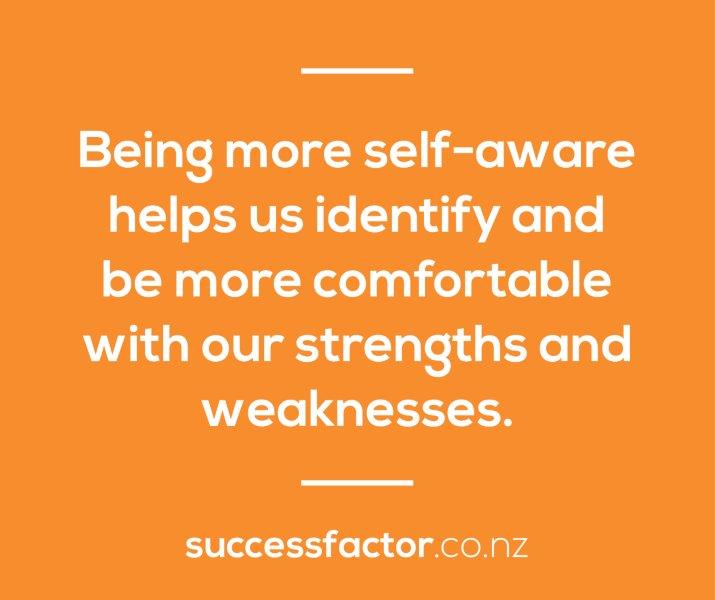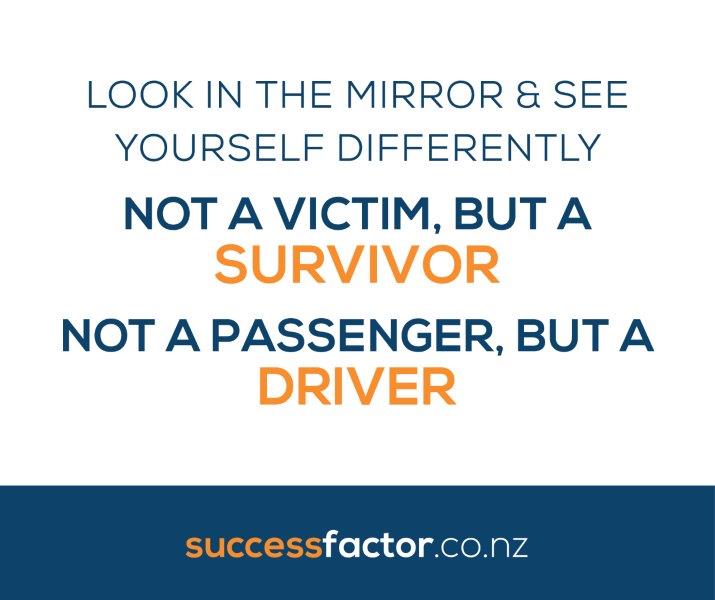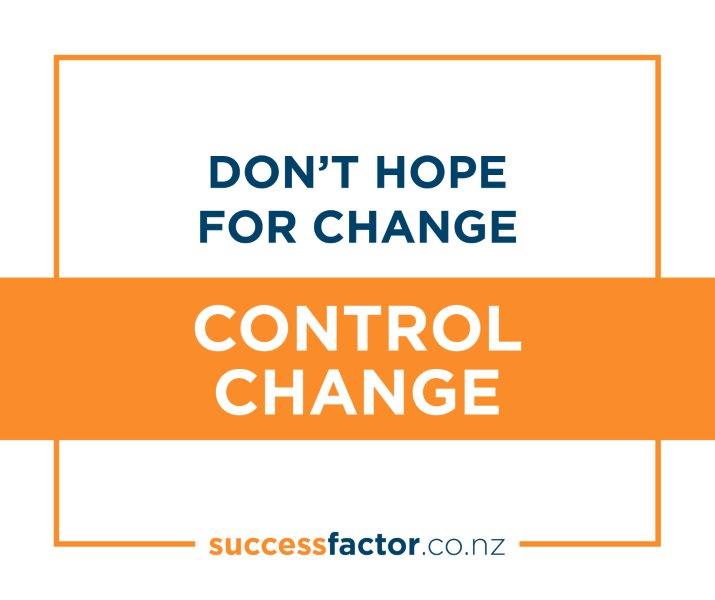Difficulties in Career Changes – Things to Consider

Sometimes when you’re either in a job or have a business and whichever industry you’re in, there are times when a change in career is considered, however, for lots of reasons, choosing to do nothing is often the easy option, but not necessarily the best one. Changing careers is fraught with difficulties and there are some key things that need to be considered. Check out the five points below to help you navigate through these potential difficulties: Fear of the Unknown: Transitioning to a new career often involves stepping into unfamiliar territory. The fear of the unknown can be a significant barrier, causing anxiety and hesitation. Skills and Qualifications Gap: A shift to a different career may require new skills or qualifications. The gap between your current expertise and the requirements of the desired career can be a challenge to overcome. Financial Concerns & Preparedness: Changing careers might come with financial implications. There









